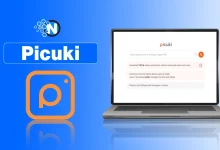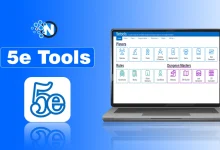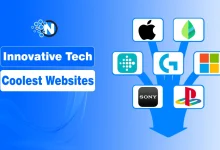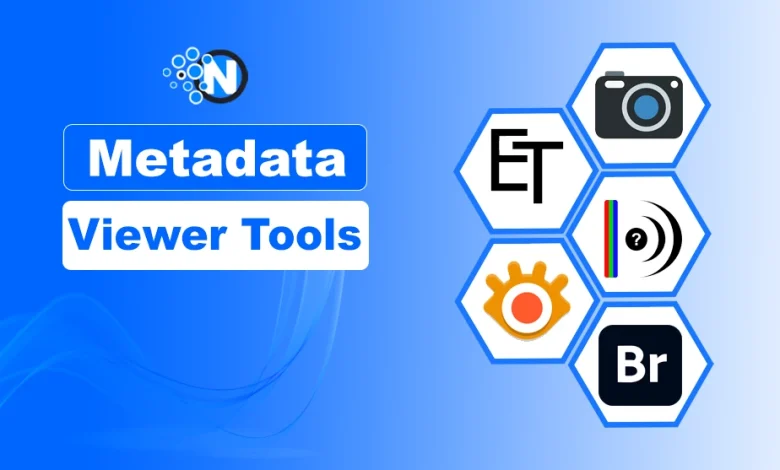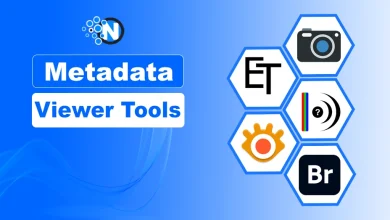32 minutes ago
Snapchat Stickers Love – Add Fun and Romance to Your Chats
Love is in the air, and Snapchat is here to help you sprinkle a little romance into your conversations. With…
3 hours ago
Top 3 Methods for Spoofing Pokémon GO on iOS [No PC]
In 2025, Pokemon Go spoofing apps are advanced enough to bypass the latest security patches. If you are getting errors…
18 hours ago
Top 10 Best Metadata Viewer Tools in 2025
Metadata viewer tools are essential for extracting, analyzing, and managing metadata from various file types. These high end tools are…
21 hours ago
Flirty Snapchat Stickers for Everyone – Where to Download Free Snapchat Stickers?
Flirty Snapchat stickers and other Snapchat stickers are one of the coolest ways of chatting on Snapchat. It is a…
23 hours ago
How To Choose The Right Crypto Wallet In 2025
The crypto sector’s increasing popularity will likely attract more people in 2025. Several factors, including Bitcoin’s healthy price increases and…
Featured Contents
2 weeks ago
20 Best Online Business Ideas to Start in 2025
2 weeks ago
How to Start a Blog in 2025?
3 weeks ago
10 Best Blogging Tools To Grow Your Blog in 2025
December 10, 2024
10 Best Website Builders in 2025
December 10, 2024
What is Artificial Intelligence and How it Works?
December 10, 2024
Wix SEO Tips – 10 Ways to Boost Your Website Visibility
November 26, 2024
15 Best Gadget Blogs to Follow in 2025
November 18, 2024
What is Cloud Technology? Types, Models and Key Benefits
October 31, 2024
What are Pillar Pages? Why They Are So Important in SEO
October 30, 2024
Top 10 Tech Magazines for Latest Tech Trends
October 30, 2024
What is Domain Authority? Why it is so Important for Successful SEO
October 28, 2024





























